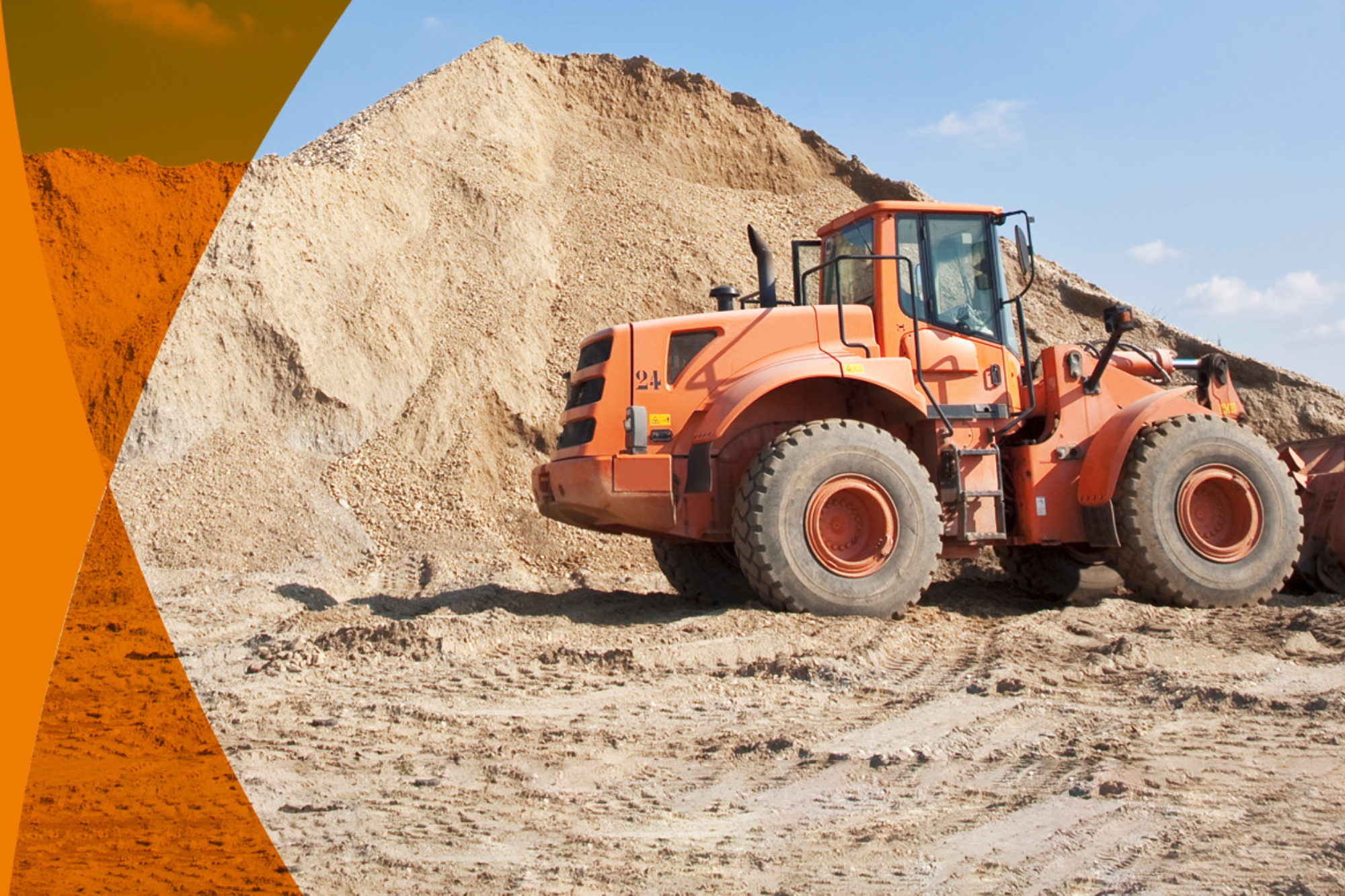Published on 10 July 2023
From Gray to Green: Eco-Cement is paving the way to a more sustainable future
Published on 10 July 2023
Construction companies will be required to use lower-carbon cement mixes in the future.
Concrete as an adjective means “clear and certain, or real and existing in a form that can be seen or felt”, and this definition accentuates its ubiquity in everyday life. The building material has cemented its position as the world’s most consumed commodity after water. Still, it is not environmentally friendly to make, use or dispose of – concrete is responsible for up to 6-7% of the world’s total carbon emissions.
Net-zero concrete is one of the construction industry’s most perplexing puzzles – the basic chemistry of cement, the bonding agent used in concrete, is at odds with decarbonization. In 200 years, Portland cement has changed very little and remains energy intensive and reliant on fossil fuels. When the limestone is heated in a kiln, it releases carbon dioxide and this changes its molecular structure. The chemical reaction is responsible for as much as 70% of emissions, with the remainder coming from the energy taken to heat the kiln.
Efforts are underway to solve the concrete carbon conundrum. Currently 17 major firms have signed up to ConcreteZero – a goal for 100% net zero emissions from concrete by 2050. The pledge includes the milestones of 30% lower emissions by 2025 and 50% by 2050. The Global Cement and Concrete Association has also launched a roadmap to achieve net zero by 2050.
Reaching net zero could double the cost of cement, leading to concrete prices increasing by a third and the overall cost of construction rising by 3%. Annual cement production is set to increase from 4 billion tons to 5 billion tons over the next 30 years. There are 14 billion cubic meters of concrete produced per year - the equivalent to 32 billion tons. Who is prepared to pay more for buildings constructed with zero-carbon cement? How will this transition change concrete’s risk profile and how long will it take the insurance industry to catch up?

